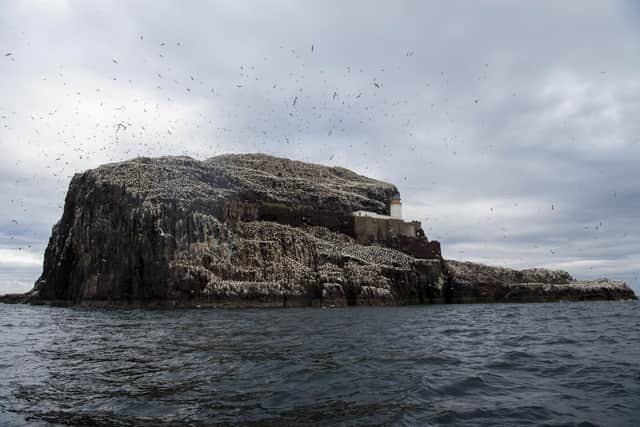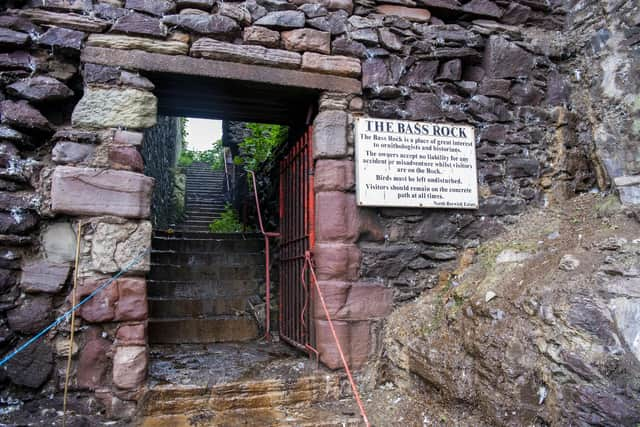Bass Rock prison: A brief history of Scotland’s very own Alcatraz
and live on Freeview channel 276
Bass Rock sits off the East Lothian coast line, and sees thousands of tourists every year take boat tours around the majestic rock, eagerly spotting the different birds that seek sanctuary there.
However, it’s history has a very different, and less idyllic, story to tell. One of Scotland’s most notorious prisons could be found on the small island, with many enemies of the Crown finding themselves trapped there.
The Prison


Advertisement
Hide AdAdvertisement
Hide AdBass Rock saw settlers from as early as 600 AD, with a castle and chapel springing up not too long after, with King Malcolm III (of 1058 AD) gifting it to the Lauder family.
It was during the 15th century that the King, James 1, decided to use the Bass as a prison for his political enemies, with much of the Mackay clan locked away in there with little chance of escape.
It was perfect for this purpose as it’s a difficult island to access, with few landing spots, situated in the choppy Forth of Firth.
Later, the land was taken from the Lauders and made a prison in earnest in the 17th Century.


Advertisement
Hide AdAdvertisement
Hide AdThe Covenanters, those who turned against the King after he tried to impose the English Book of Prayers on Scotland, were the most common prisoner on the Bass.
One preacher described the island as "a dry and cold rock in the sea, where they had no fresh water nor any provision but what they had brought many miles from the country, and when they got it, it would not keep unspoiled.”
Many who died there, including John Blackadder, were buried in North Berwick, with a church being named for Blackadder after his death in the seaside town.
The Great Escape
In 1691, four Jacobites who were imprisoned in the castle rose up and took control.
Advertisement
Hide AdAdvertisement
Hide AdThey had waited for the guards to be outside the building, allegedly unloading coal off a ship in a difficult landing spot.
The guards were sent away from the island, and Jacobite sympathisers ensured that fresh supplies were sent to the rebels who were able to hold the castle for three years, eventually negotiating their safe passage to France out of the clutches of the state.
Unsurprisingly, not long after this, the Bass stopped being used as a prison and it was acquired by Hew Dalrymple, the Lord of North Berwick.
Modern Day
Nowadays, the rock is a protected nature reserve and is home to, among many other species, a large colony of gannets.
Advertisement
Hide AdAdvertisement
Hide AdThe Scottish Seabird Centre in North Berwick, a conservation and educational charity, operates boat trips to the rock, as well as monitor and study it’s wildlife.
The rock’s owner, still a member of the Dalrymple family, allow the centre exclusive rights to the island.